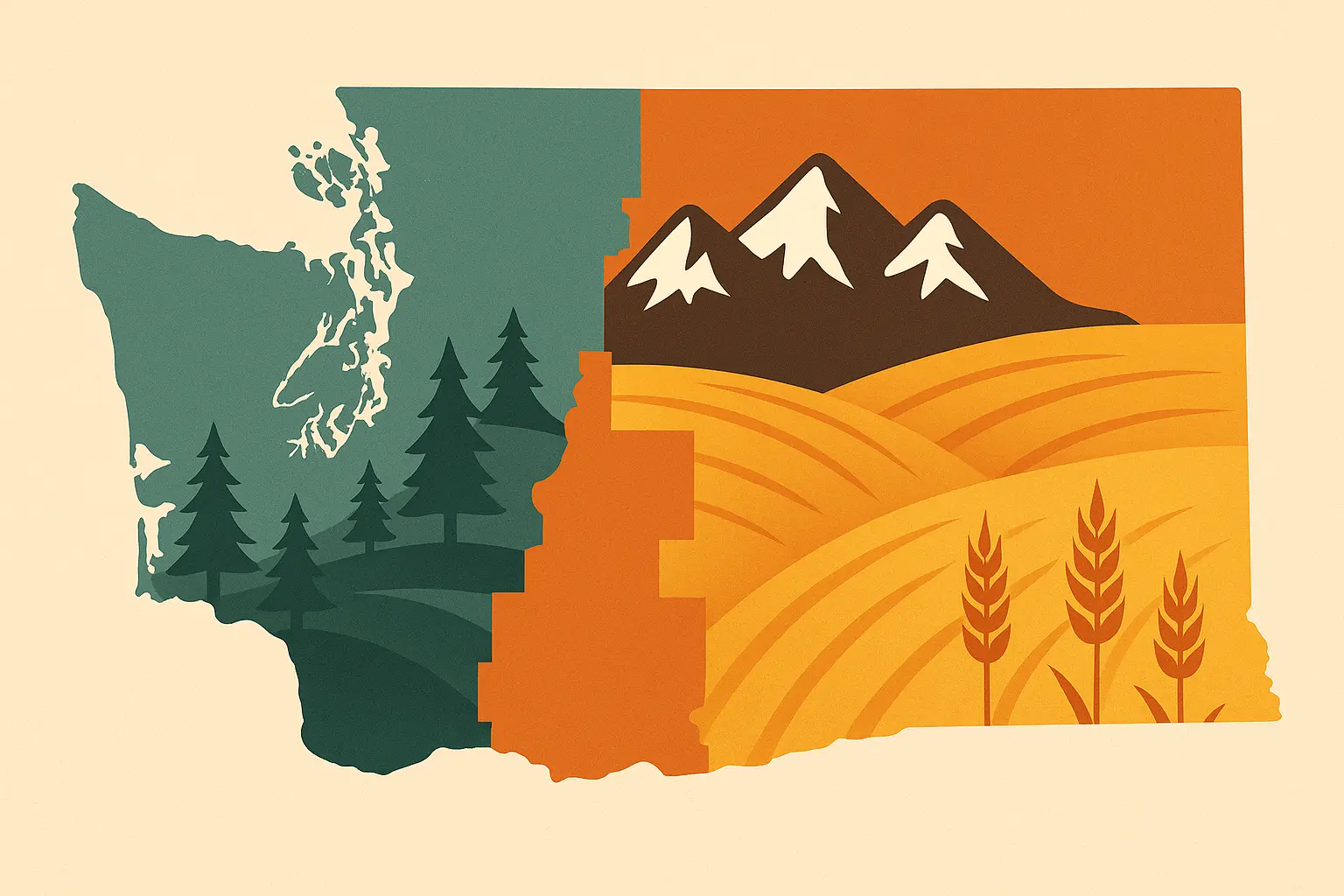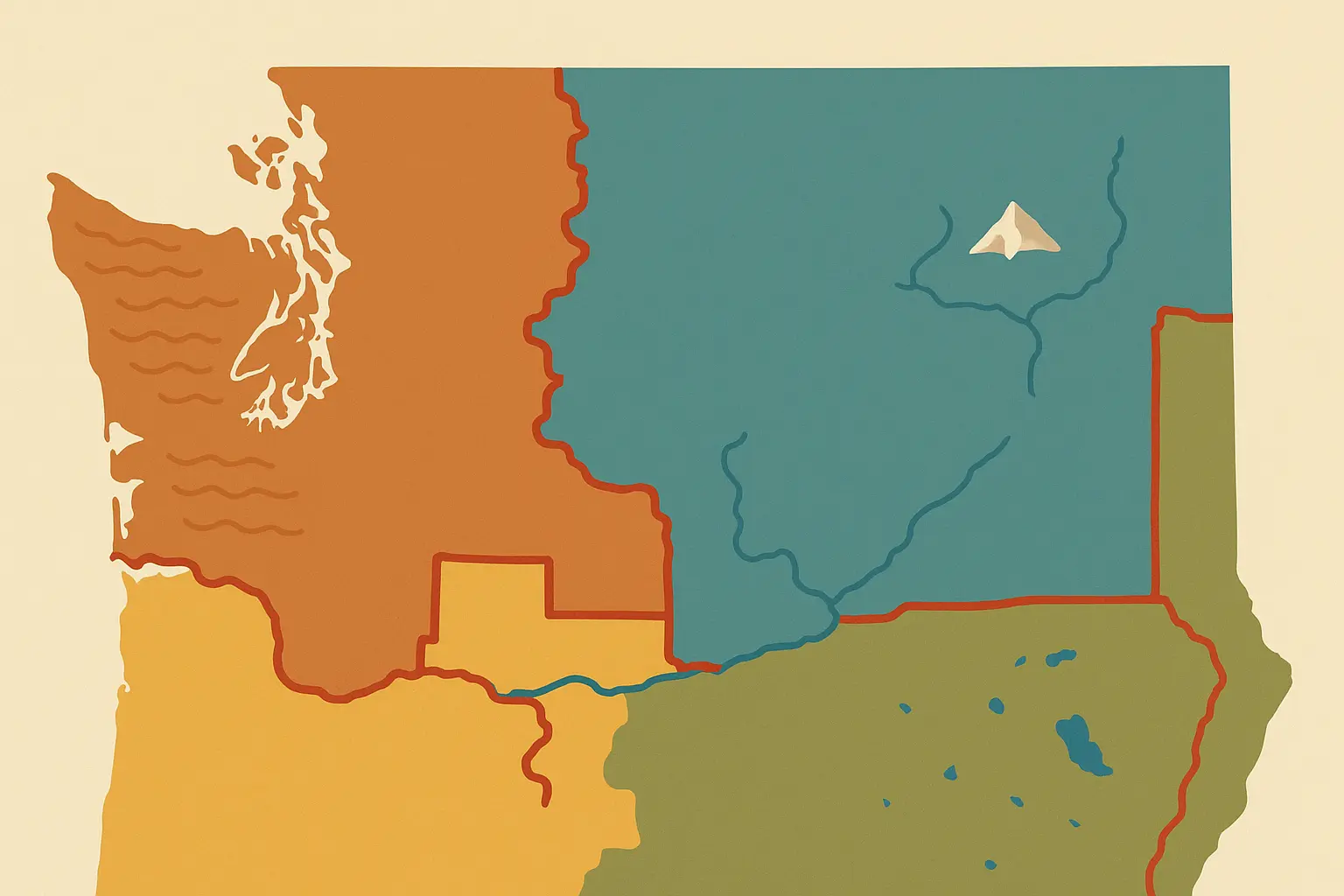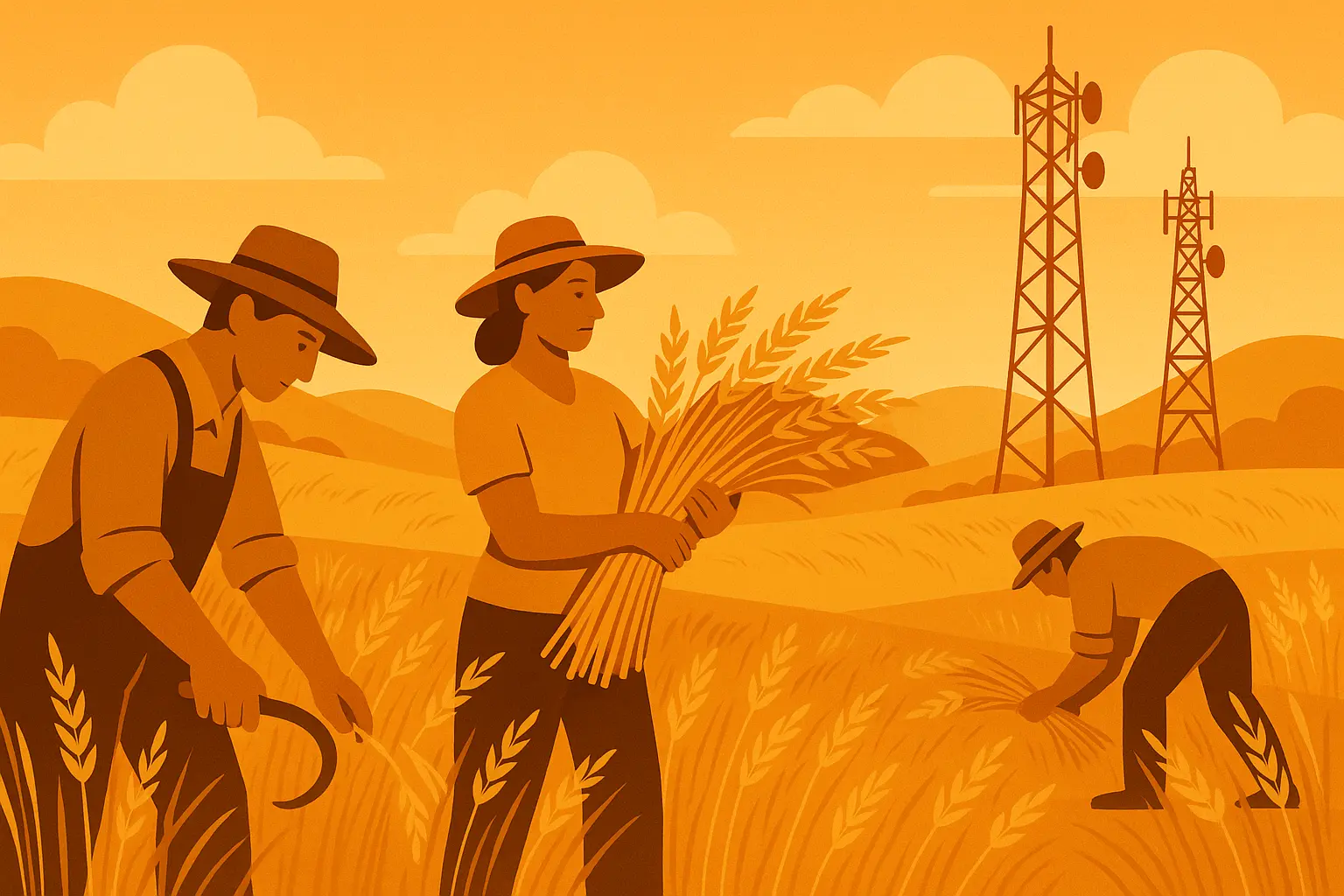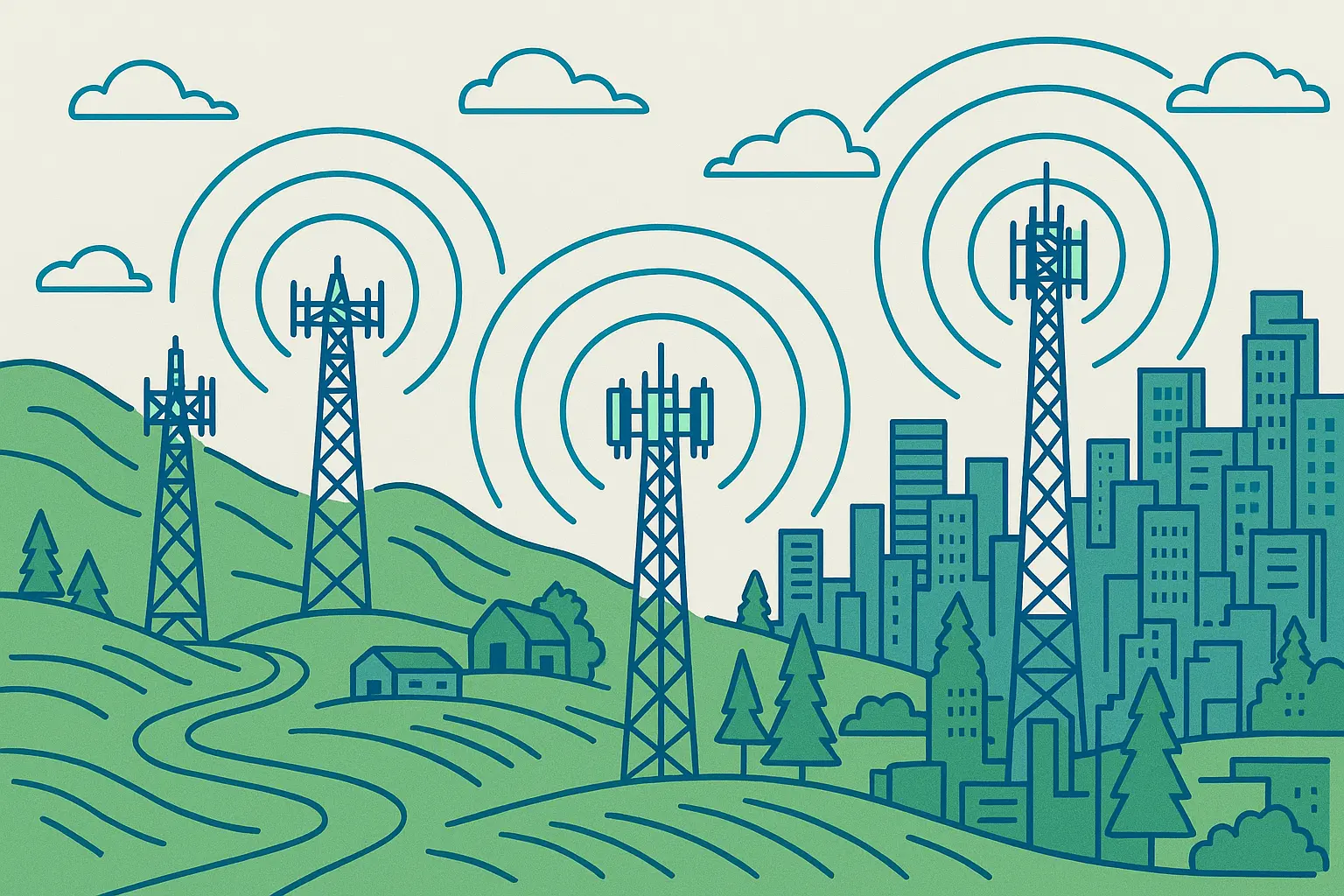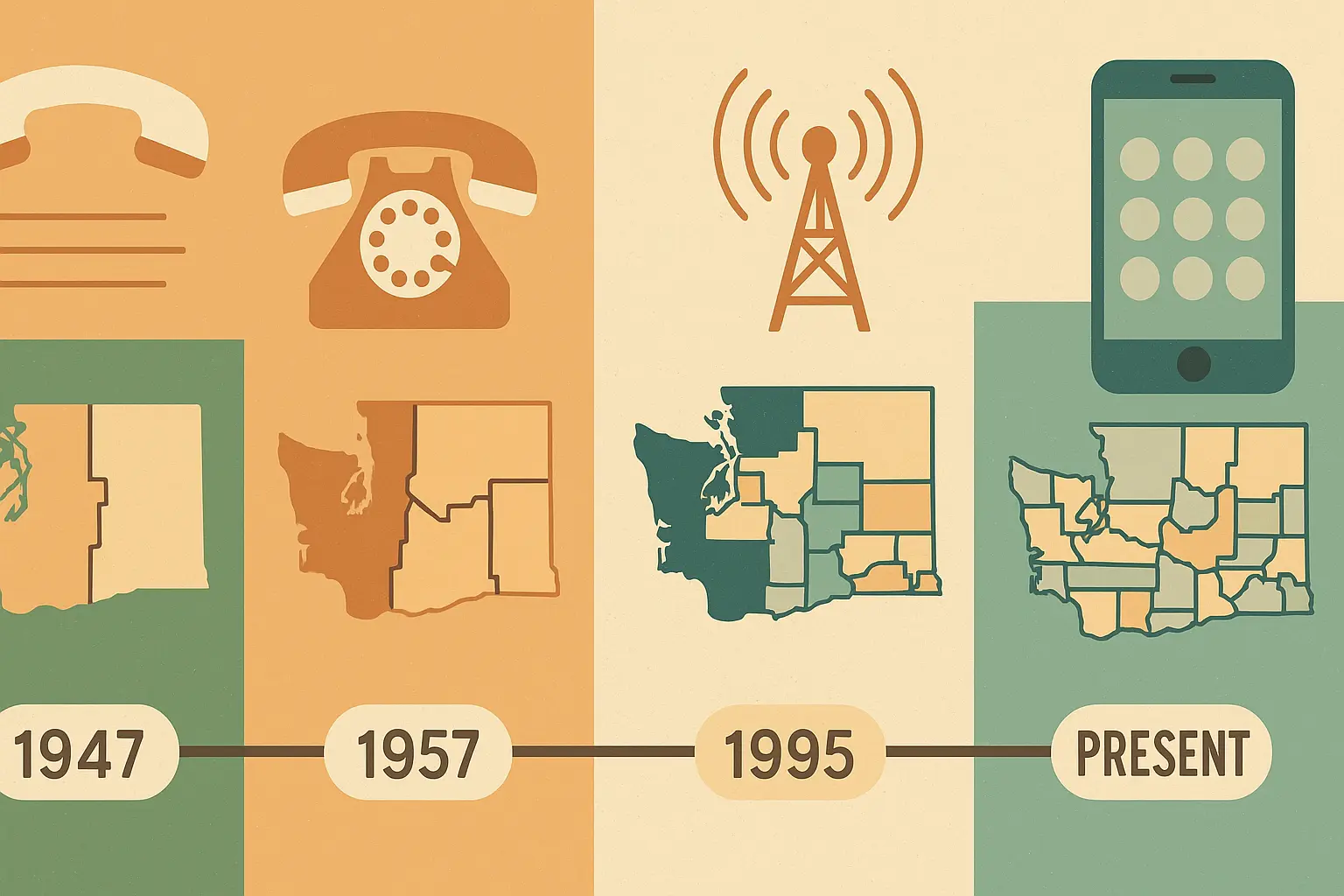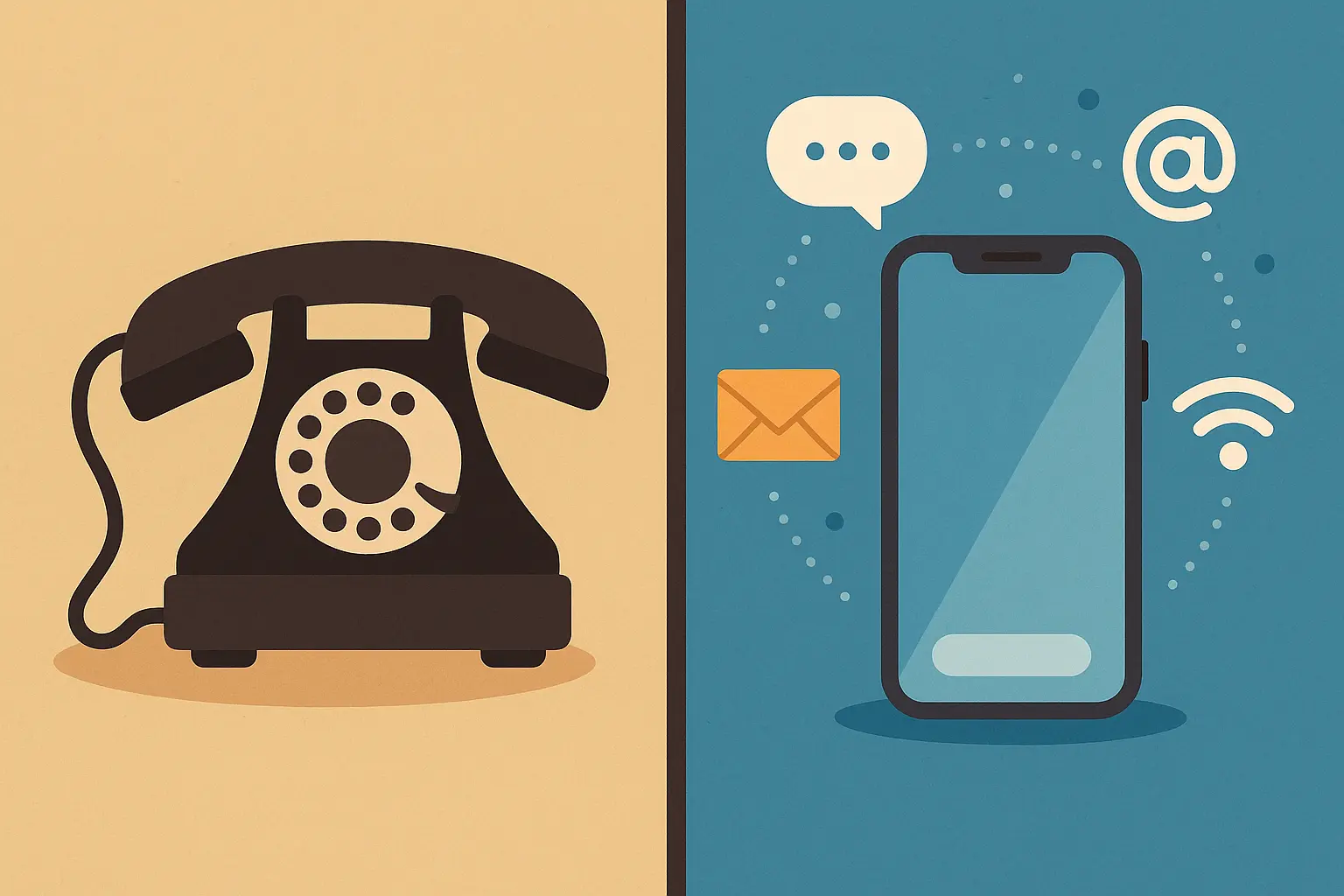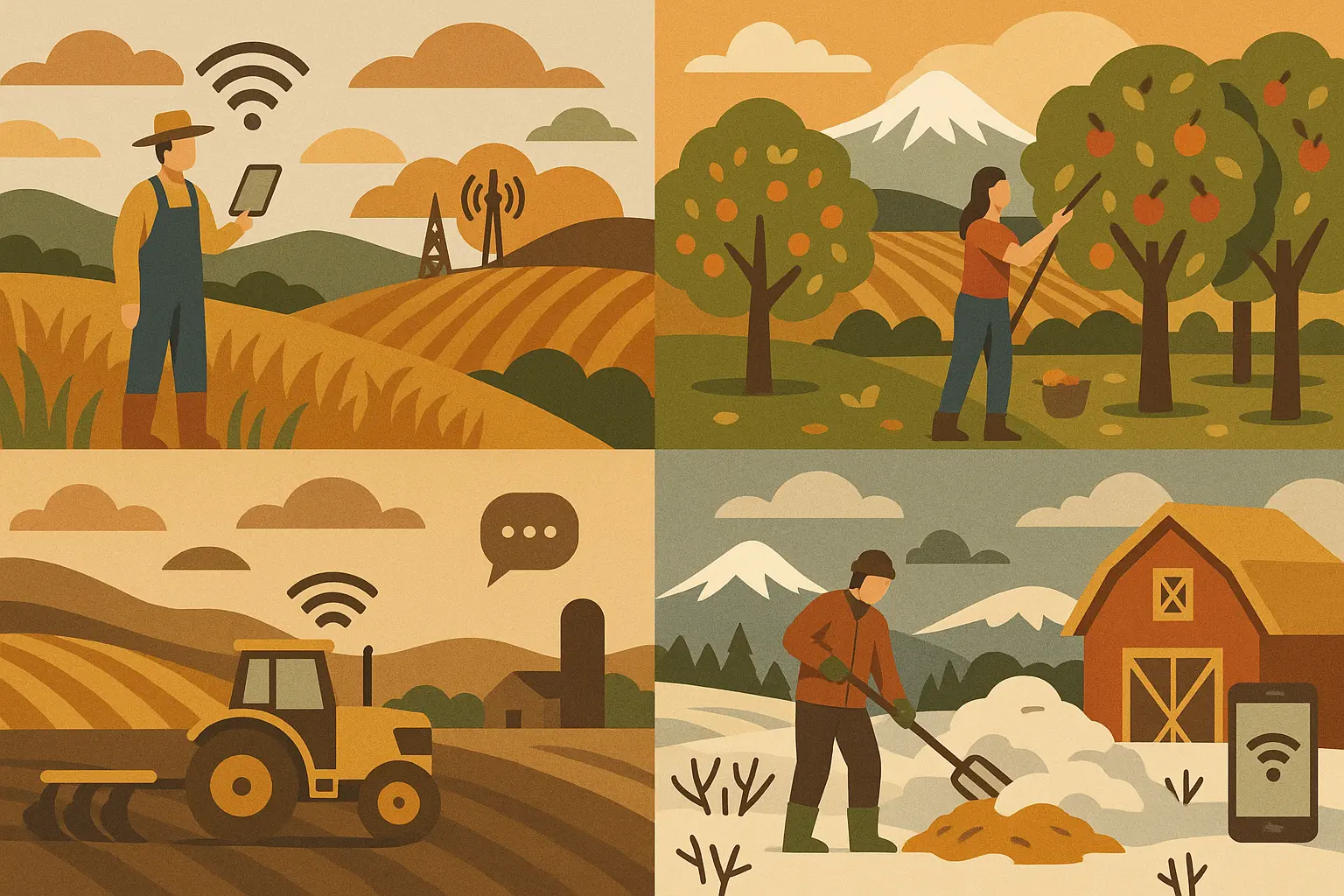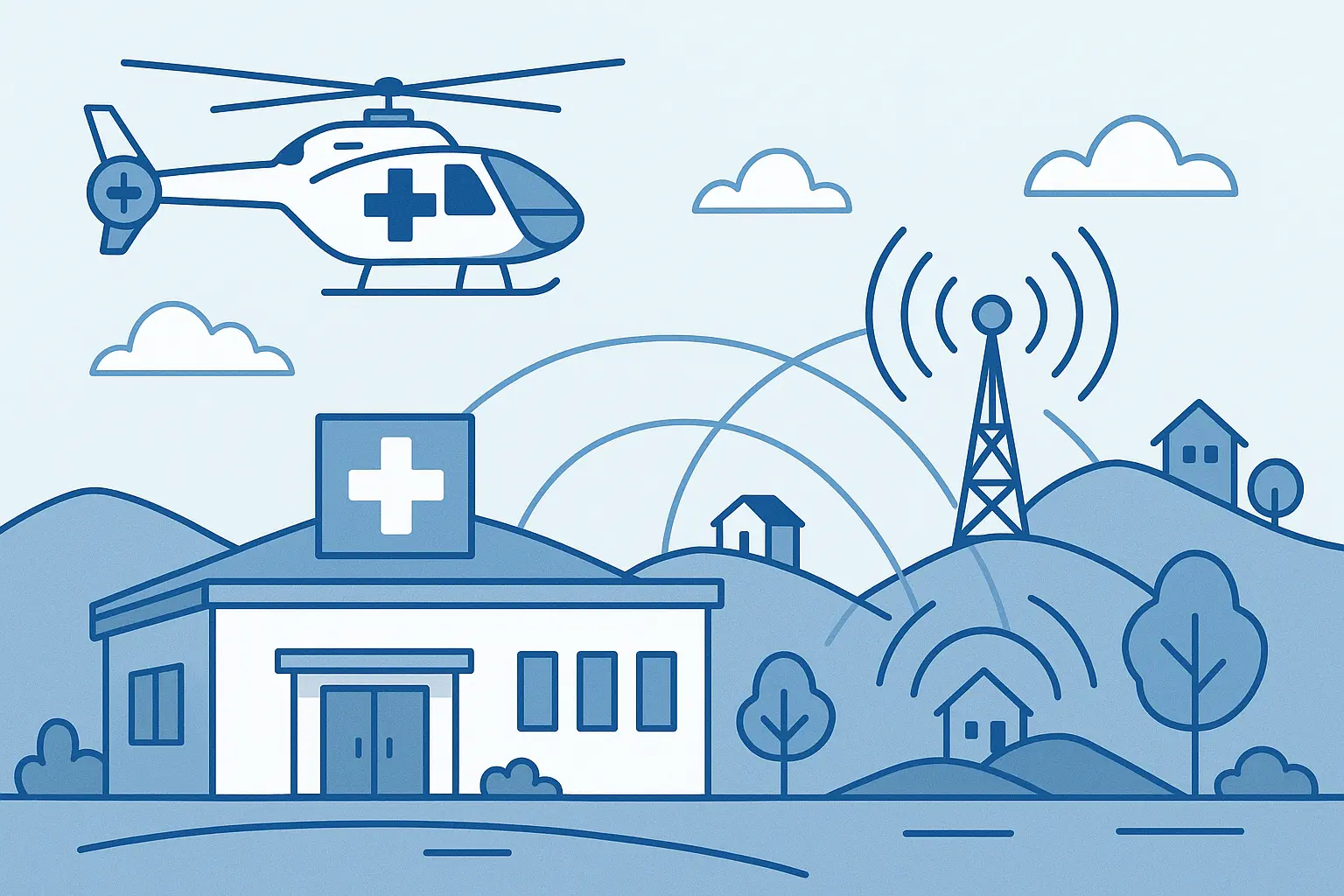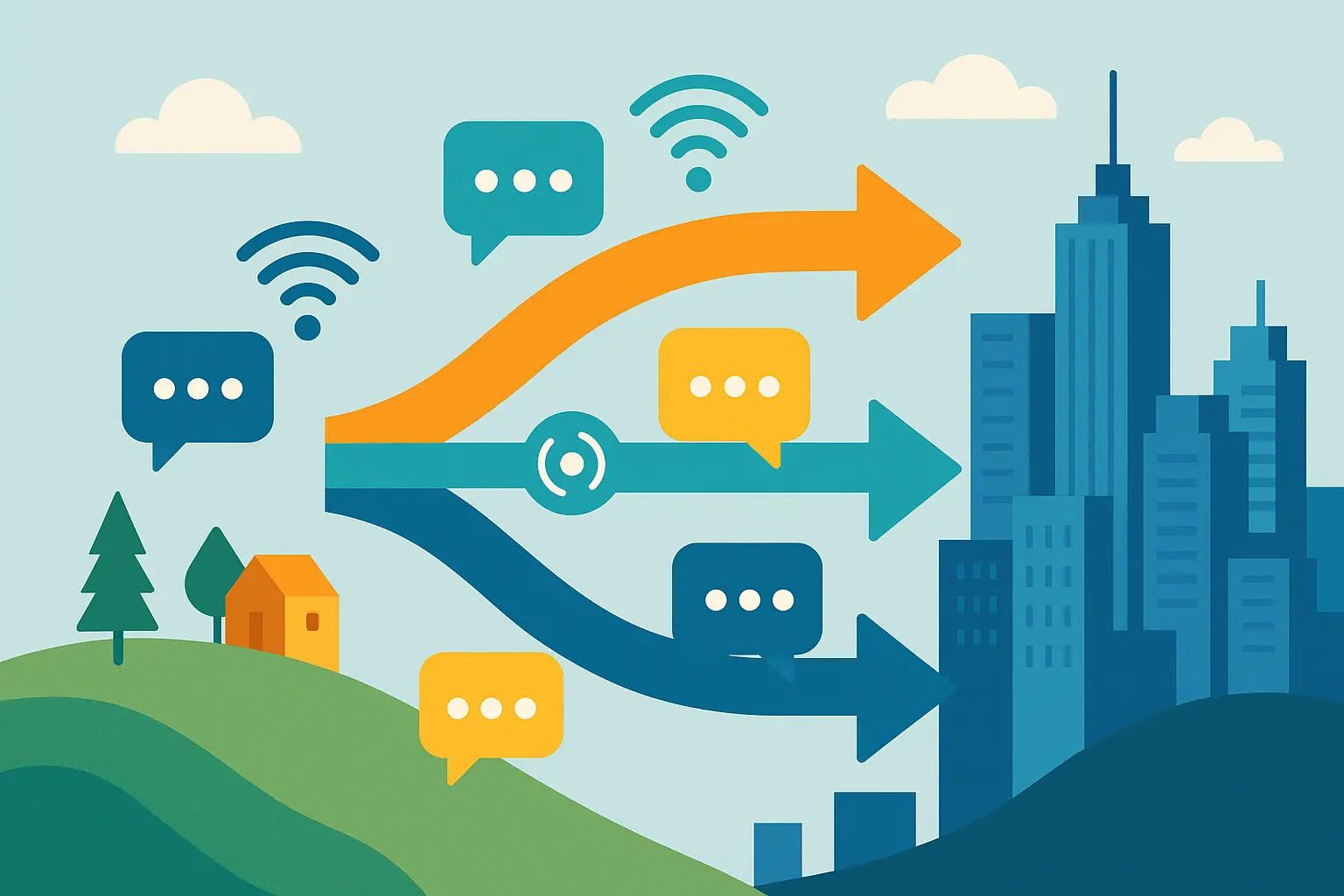Living in or calling eastern Washington? Here’s what you should know about the 509 area code and how it connects this unique region.
I’ve lived in eastern Washington for years, and I’ve learned that our area code tells a bigger story than just phone numbers. The 509 covers all of eastern Washington—from Spokane down to the Tri-Cities, over to Walla Walla, and everywhere in between. That’s a massive area with some quirks you won’t find anywhere else. According to Intelius data, the 509 area code covers roughly 1,648,758 phone numbers across eastern Washington, making it one of the most extensive telecommunications regions in the Pacific Northwest.
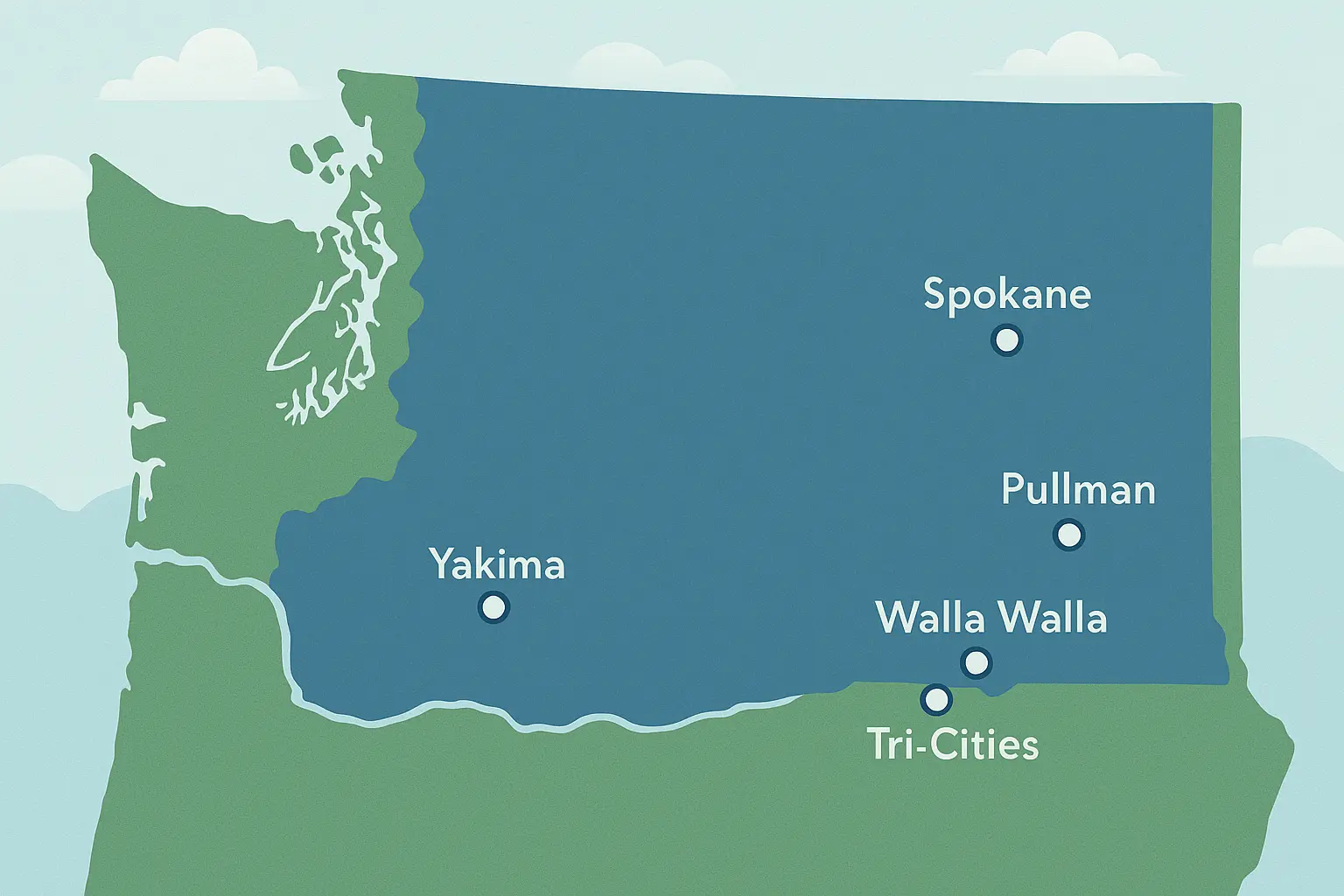
Table of Contents
Table of Contents
-
What Makes Eastern Washington’s Area Code Different
-
The Massive Geographic Territory and Why It Matters
-
Time Zone Realities and Communication Timing
-
Dialing Formats and Regional Variations
-
The History Behind Our Three Digits
-
How Modern Technology Changed Everything
-
Why 509 Represents Regional Identity
-
Managing Communications Across the Territory
TL;DR
-
The 509 area covers all of eastern Washington, including major cities like Spokane, Yakima, and the Tri-Cities
-
Everyone operates on Pacific Time, but agricultural schedules create unique communication patterns
-
Rural connectivity challenges affect call quality and message delivery across vast distances
-
The area code has become a symbol of regional identity separate from western Washington
-
Number exhaustion is projected for 2026, meaning changes are coming
What Makes Eastern Washington’s Area Code Different
The 509 isn’t just another set of digits—it represents eastern Washington’s unique character and massive geographic challenges that affect how we communicate every day.
When managing business communications across multiple Washington area codes, understanding the US phone number format with country code becomes essential for seamless connectivity between regions. Our territory operates differently from Seattle’s 206 or other western Washington codes in ways that surprise even experienced professionals.
|
Washington Area Code |
Region |
Year Introduced |
Coverage Type |
|---|---|---|---|
|
206 |
Seattle Metro |
1947 |
Urban Core |
|
253 |
Tacoma/South Sound |
1997 |
Suburban |
|
360 |
Western WA (excluding Seattle) |
1995 |
Mixed Rural/Urban |
|
425 |
Eastside/Bellevue |
1997 |
Suburban |
|
509 |
Eastern Washington |
1957 |
Rural/Agricultural |
|
564 |
Puget Sound Overlay |
2017 |
Urban Overlay |
The Sheer Size Creates Unique Challenges
Understanding the massive geographic footprint helps explain why communications can be more complex than other regions. This territory spans deserts, mountains, and fertile valleys, each presenting unique connectivity considerations.
I’ve seen business calls drop mid-conversation when someone drives through certain mountain passes, and text messages arrive hours late in remote agricultural zones. The geographic scope creates challenges you won’t encounter in compact urban areas.
Major Cities That Define Our Region
Spokane, Yakima, Kennewick, and Walla Walla serve as the backbone of 509 communications, each bringing distinct economic and cultural influences. According to Intelius data, Millwood is the largest city within the 509 area code with a population of about 549,690, demonstrating the urban concentration within this expansive rural region.
When calling a Spokane business from the East Coast, you might reach them at 8 AM Pacific Time (11 AM Eastern), but discover they operate on agricultural hours, opening earlier than typical urban businesses to coordinate with farming operations that start before dawn.
Agricultural Heartland Communication Patterns
The 509 encompasses some of America’s most productive agricultural land, where communication patterns follow seasonal rhythms and rural connectivity challenges create unique considerations.
Harvest season transforms everything completely. Farmers might be unreachable for days during critical harvesting windows, then suddenly flood the phone lines with coordination calls for equipment, transportation, and storage. These seasonal communication surges would seem chaotic to outsiders but make perfect sense within the agricultural economy.
Border Complexities You Won’t Find Elsewhere
Living near state lines creates communication quirks that most people don’t anticipate. Idaho sits right next door, and coordination between 509 numbers and Idaho area codes creates interesting challenges for businesses operating across state lines.
Cross-border commerce requires understanding different state regulations, tax implications, and even emergency service protocols. A single business might use 509 numbers for Washington operations while maintaining Idaho numbers for cross-border activities, creating complex communication webs.
Geographic Boundaries That Actually Matter for Your Calls
Knowing exactly where the 509 begins and ends can save you from communication mishaps and help you understand why certain calls behave differently than expected.
The 509 encompasses all of eastern Washington, but the practical boundaries matter more than the official ones. Cell tower placement, terrain features, and infrastructure investments create communication zones that don’t always align with the neat lines you see on maps.
Coverage Maps vs. Reality
Online mapping resources reveal the precise boundaries, but knowing which tools provide accurate, up-to-date information makes the difference between successful and failed communications. Carrier-specific coverage maps often show more optimistic coverage than reality delivers.
Coverage is strongest along urban corridors like I-90 and I-82, while mountainous regions and remote agricultural areas can have significant gaps. The maps tell only part of the story—real-world testing reveals the truth about connectivity.
Coverage Reality Checklist:
-
Verify your location using official carrier maps
-
Check for recent boundary changes or overlays
-
Confirm local dialing requirements with your provider
-
Test call quality to different parts of the region
-
Identify backup communication methods for rural areas
ZIP Code Confusion and Navigation
Area codes and ZIP codes don’t always align perfectly, creating confusion for businesses and individuals trying to coordinate services or deliveries. This relationship can be particularly tricky because our area code covers such diverse geographic and economic zones.
Where boundaries intersect with postal zones, you might find businesses using different area codes for phone service versus mailing addresses. This mismatch affects everything from online ordering systems to emergency service dispatch.
Time Zone Realities and Communication Timing
Pacific Time affects every 509 communication, but understanding the nuances of scheduling across time zones can dramatically improve your success rate when reaching eastern Washington contacts.
Agricultural operations start early and end early, while urban businesses might follow more traditional schedules. Time considerations extend beyond simple time zone conversion to include seasonal variations, industry-specific schedules, and regional cultural patterns.
Business Hours Reality Check
Eastern Washington operates on Pacific Time, but local business cultures and agricultural schedules create communication windows that don’t always match standard West Coast expectations.
A wheat farmer in the Palouse region might be unreachable by phone from 2-6 PM during harvest season, not because of poor coverage, but because they’re operating combine harvesters in fields where cell service is spotty and hands-free communication is impossible. Understanding these operational realities helps you time your calls for maximum success.
Cross-Country Communication Strategy
When you’re calling 509 numbers from other time zones, timing becomes critical for reaching the right person at the right moment. I’ve developed strategies that increase connection success rates significantly.
For international callers trying to reach eastern Washington, learning how to enter a phone number in international format ensures proper connection from overseas locations. The key is understanding that eastern Washington operates on Pacific Time but maintains business rhythms that reflect its agricultural and industrial heritage.
Dialing Formats and Regional Variations
The 509 follows standard North American numbering conventions, but regional variations and service provider differences create dialing situations that can trip up even experienced callers.
Within our region, dialing requirements can vary significantly. Some carriers require 10-digit dialing for all calls, while others still allow 7-digit dialing for local calls. This inconsistency creates confusion for residents and visitors.
Local vs Long-Distance Dialing Patterns
|
Scenario |
Required Format |
Example |
Notes |
|---|---|---|---|
|
Local 509 to 509 |
7-digit |
555-1234 |
Some carriers require 10-digit |
|
509 to other WA |
10-digit |
(206) 555-1234 |
Always required |
|
Out-of-state to 509 |
11-digit |
1-(509) 555-1234 |
Standard long-distance |
|
International to 509 |
Full international |
+1-509-555-1234 |
Include country code |
Service Provider Variations Across the Region
Major carriers like Verizon, AT&T, and T-Mobile provide different coverage quality throughout the 509 area, while regional providers often serve rural communities with specialized services that affect how calls are handled.
Rural cooperatives and regional carriers sometimes offer better coverage in specific areas than national providers, but their services might have different features or limitations. I’ve encountered situations where a national carrier shows full coverage on their map, but the local cooperative provides the only reliable service in that specific valley or mountain community.
VoIP and Modern Digital Integration
Voice over Internet Protocol services have revolutionized how 509 numbers work, allowing these numbers to function from anywhere with internet connectivity while maintaining their eastern Washington identity.
Modern businesses use VoIP systems to maintain 509 numbers even when their operations extend beyond the geographic boundaries. This flexibility helps companies maintain regional identity while expanding their reach, but it can also create confusion about actual business locations and service areas.
The History Behind Our Three Digits
The 509’s creation reflects broader telecommunications evolution and eastern Washington’s growth patterns. Understanding this history explains current communication challenges and future developments.
When 509 was first established, it covered a different geographic area than today, with subsequent splits and overlays reshaping Washington State’s telecommunications landscape in ways that still affect modern communications.
Original Implementation and Coming Changes
Recent projections indicate significant changes ahead. According to “New Area Code Eastern WA Projected for 2026” by NewsTalk KIT, the Washington Utilities and Transportation Commission projects that area code 509 will reach exhaustion by the second quarter of 2026, potentially requiring a new area code for Eastern Washington.
This impending change reflects the region’s growth and increasing demand for phone numbers across all types of devices and services. The exhaustion timeline suggests that eastern Washington’s telecommunications needs have expanded far beyond what original planners anticipated.
Population Growth Impact on Number Availability
Eastern Washington’s expanding population has increased demand for phone numbers, affecting long-term planning and creating potential future changes to the system. Each new resident, business, and device requires number allocation, accelerating the approach toward exhaustion.
The growth isn’t just residential—agricultural technology, industrial automation, and business expansion all contribute to increased demand. Modern farming operations might use dozens of connected devices, each requiring its own number for monitoring and control systems.
How Modern Technology Changed Everything
Today’s 509 serves mobile phones, business systems, and digital platforms in ways that original planners never anticipated, creating new opportunities and challenges for regional communications.
Washington State’s telecommunications landscape continues evolving rapidly. As reported by “Washington’s Newest Area Code 564 Soon Expanding” by KPQ, the state now operates six area codes with a seventh likely within the next five to ten years, demonstrating ongoing pressure on numbering resources.
Mobile Device Dominance
Most new 509 numbers now go to mobile devices rather than traditional landlines, fundamentally changing how people communicate within and with eastern Washington.
Modern mobile users in our region benefit from understanding how to forward text messages on an Android phone to manage communications across the vast eastern Washington territory effectively. The shift to mobile-first communication has transformed business operations, emergency services, and personal connectivity throughout the region.
A modern ranch operation might use the same area code number for the main office landline, the ranch manager’s mobile phone, and a satellite communication system for remote pastures, all seamlessly integrated through digital forwarding systems.
Business Communication Evolution
Modern businesses in our region integrate traditional phone numbers with advanced platforms, including automated systems that handle everything from customer service to supply chain coordination.
The integration extends beyond simple phone calls to include text messaging, automated alerts, and data transmission systems that use phone number infrastructure for identification and routing. Agricultural equipment sends status updates via SMS, while retail businesses coordinate inventory through automated messaging systems.
Why Our Regional Identity Lives in These Three Digits
The 509 represents more than telecommunications infrastructure—it’s become a symbol of eastern Washington’s distinct regional character, separate from the state’s western urban centers. These digits carry cultural weight that extends far beyond simple phone connectivity.
Agricultural Economy Communication Patterns
Eastern Washington’s agricultural dominance creates seasonal communication rhythms and supply chain coordination needs that differ significantly from other regions, affecting how businesses and individuals use their numbers.
Seasonal Communication Pattern Checklist:
-
Spring: Increased coordination calls for planting and equipment
-
Summer: Irrigation system monitoring and crop management communications
-
Fall: Harvest coordination and transportation logistics
-
Winter: Equipment maintenance scheduling and planning calls
-
Year-round: Weather monitoring and emergency communication protocols
Wheat harvest creates communication storms that would overwhelm urban systems. Combine operators, truck drivers, grain elevator managers, and railroad coordinators all need real-time connectivity during narrow harvest windows. Weather changes can trigger hundreds of simultaneous calls as operations shift locations or suspend activities.
Climate and Geographic Communication Challenges
The semi-arid climate and mountainous terrain create unique telecommunications infrastructure challenges that affect both traditional phone service and modern digital communications.
Extreme temperature variations stress equipment differently than coastal climates. Summer heat can cause equipment failures, while winter storms create outages that last longer in remote areas. Infrastructure maintenance requires specialized approaches that account for these environmental factors.
Healthcare Networks Across Vast Distances
Regional medical centers in Spokane and other cities serve enormous rural areas, requiring specialized communication systems for patient coordination and emergency services that span hundreds of miles.
Emergency medical services rely heavily on our number systems for coordination between rural ambulance services, regional hospitals, and specialized care facilities. A single medical emergency might involve communications across multiple counties, requiring seamless integration between different service providers and communication systems.
Telemedicine has transformed how healthcare providers use 509 numbers, enabling remote consultations that serve patients hundreds of miles from specialist care. These systems require reliable voice and data connectivity that can handle medical-grade communication requirements across challenging geographic terrain.
Managing Communications Across Eastern Washington’s Territory
Given the geographic challenges and diverse communication needs within our region, effective message management becomes crucial for businesses and individuals who need reliable communication handling across eastern Washington’s vast territory.
The challenge is real: you might have customers texting from Spokane while dealing with a supplier issue in Walla Walla, or trying to coordinate with seasonal workers who move between different farms across the valley. Rural connectivity issues mean messages don’t always come through immediately—I’ve seen important business texts show up hours after they were sent because someone was in a dead zone near the Snake River or up in the wheat country.
Advanced Solutions for Regional Challenges
Auto Forward SMS provides specialized solutions for managing text communications from 509 numbers, automatically forwarding messages to email or designated URLs to ensure important communications are never missed across eastern Washington’s challenging geographic landscape.
Business owners across our region can streamline their communication workflow by learning how to forward text messages to an email address for centralized message management across multiple locations. For iPhone users in eastern Washington, understanding how to forward text messages on an iPhone ensures seamless message management across our region’s diverse communication needs.
SMS Management Template for 509 Communications:
-
Primary 509 Number: [Your main business/personal number]
-
Forwarding Email: [Backup email for message copies]
-
Priority Contacts: [List key contacts requiring immediate attention]
-
Geographic Considerations: [Note areas with limited coverage]
-
Backup Communication Methods: [Alternative contact methods for emergencies]
Business Communication Optimization
For organizations managing communications across our region—from urban centers like Spokane to remote agricultural operations—advanced SMS forwarding ensures critical text communications are captured and routed appropriately, even when network connectivity issues affect rural areas.
Agricultural cooperatives use SMS forwarding to distribute weather alerts, market updates, and operational changes to hundreds of members simultaneously. Construction companies coordinate job sites across multiple counties using automated text systems that route messages based on location and project requirements.
Emergency services integrate SMS forwarding into their communication protocols, ensuring that critical messages reach appropriate personnel even when primary communication channels experience disruptions. These systems provide redundancy that can mean the difference between successful emergency response and communication failures during critical incidents.
Practical SMS tips for our region:
-
Always confirm receipt of important messages
-
Have backup communication methods for critical operations
-
Consider that rural customers might have delayed message delivery
-
Use group messaging carefully—not everyone has unlimited data
-
Keep messages concise since some areas still have slower data speeds
The Cultural Side of Our Area Code
Here’s something outsiders don’t always get: having a 509 number means something here. It signals you’re part of eastern Washington, not just another Seattle-area business trying to expand eastward.
Local businesses use it as identity. You’ll see “509” in business names, on merchandise, and in marketing. It’s shorthand for “we’re from here, we understand this place.”
Agricultural connections run deep. During harvest, county fairs, or planting season, your 509 number connects you to a network that spans from family farms to major agricultural corporations. These aren’t just business relationships—they’re community connections that go back generations.
Emergency preparedness takes on different meaning when you’re covering this much territory. Wildfire season, winter storms, and agricultural emergencies all create communication challenges that urban areas don’t face. Having reliable ways to reach people across our region can be critical for safety and business continuity.
Technology Changes Everything
The shift from landlines to mobile phones hit rural areas differently than cities. While urban areas quickly went mobile-first, many rural operations kept landlines longer because of reliability issues with early cell coverage.
Now it’s flipped. Mobile coverage has improved dramatically, and many remote areas that never had good landline service now have decent cellular coverage. Farmers can coordinate operations from their combines, and remote monitoring systems send alerts directly to smartphones.
Internet-based phone systems have revolutionized business communications. A company can maintain a 509 number even if their actual operations extend beyond the geographic boundaries, helping maintain that regional identity while expanding their reach.
Connected agriculture means modern farms use dozens of connected devices—soil monitors, weather stations, equipment trackers—each potentially needing its own number or data connection. This explosion in connected devices is part of why we’re running out of available numbers so quickly.
What’s Coming Next
With number exhaustion projected for 2026, eastern Washington faces its first major change in nearly 70 years. This will likely mean either a geographic split (like splitting Spokane from agricultural areas) or an overlay system (adding a second area code for the same region).
The overlay option seems more likely since it doesn’t force existing businesses to change their numbers. But it would mean 10-digit dialing becomes mandatory for all calls, even local ones.
Planning ahead: If you’re a business in our region, start thinking about how an area code change might affect your marketing, business cards, and customer communications. The transition period could create confusion that smart businesses can prepare for now.
Final Thoughts
The 509 connects wheat fields to wine country, small towns to regional cities, and traditional agriculture to high-tech operations. It’s more than just a phone number—it’s a digital representation of a region that’s often overlooked but essential to Washington State’s economy and character.
Understanding how to communicate effectively within and with our region means appreciating both the geographic challenges and the cultural identity these three digits represent. Whether you’re coordinating a harvest, running a regional business, or just trying to stay connected with family across eastern Washington’s vast distances, knowing these nuances makes all the difference.
For those managing multiple communications or coordinating across eastern Washington’s expansive territory, consider how Auto Forward SMS can streamline your text message management, ensuring you never miss critical communications from this dynamic region.
The 509 has served eastern Washington well for nearly 70 years. As we approach the need for changes, it’s worth remembering that behind every number is a person, business, or operation that’s part of what makes this region unique.

